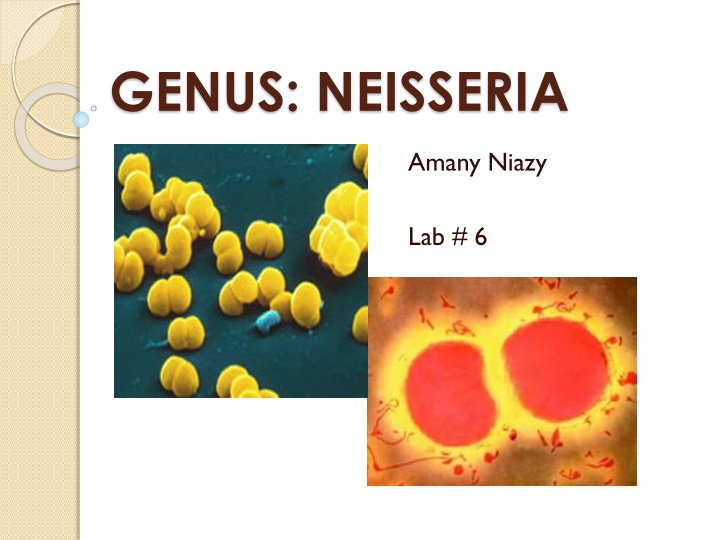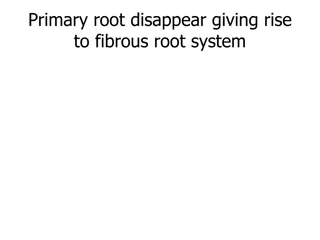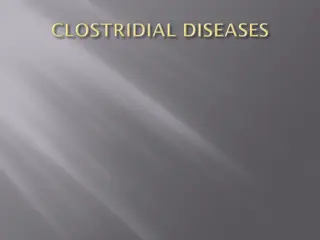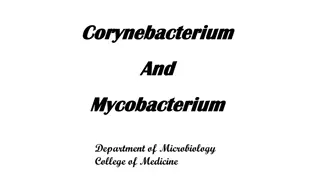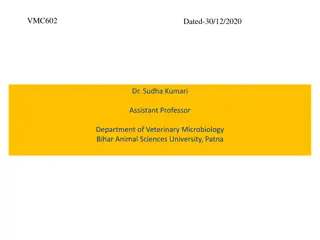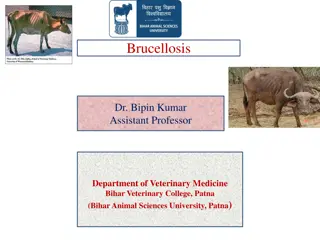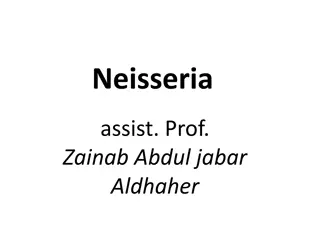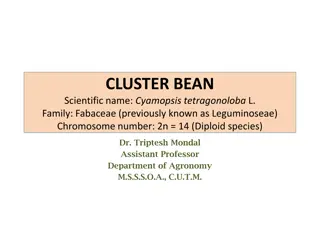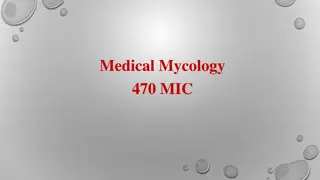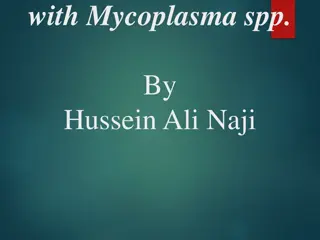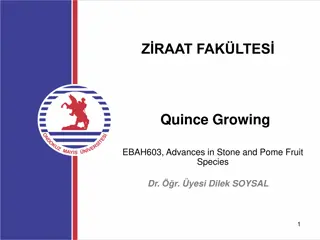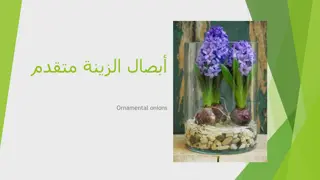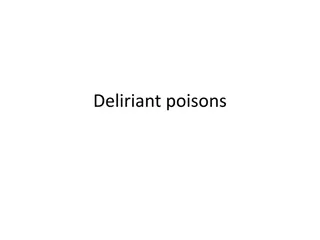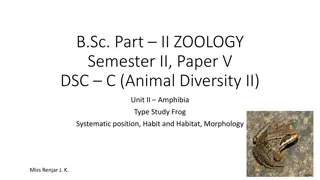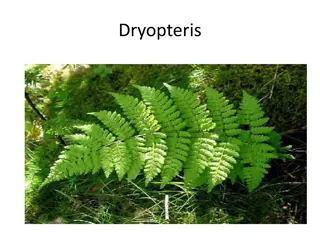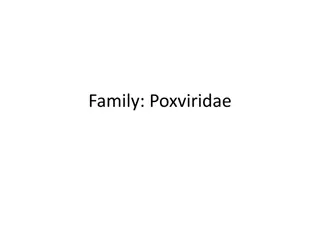GENUS: NEISSERIA
Neisseria is a genus of bacteria comprising several species, including human pathogens like Neisseria gonorrhoeae and Neisseria meningitidis. This article discusses specimen collection, Gram staining, culture techniques, incubation conditions, and identification tests for Neisseria bacteria.
Download Presentation

Please find below an Image/Link to download the presentation.
The content on the website is provided AS IS for your information and personal use only. It may not be sold, licensed, or shared on other websites without obtaining consent from the author.If you encounter any issues during the download, it is possible that the publisher has removed the file from their server.
You are allowed to download the files provided on this website for personal or commercial use, subject to the condition that they are used lawfully. All files are the property of their respective owners.
The content on the website is provided AS IS for your information and personal use only. It may not be sold, licensed, or shared on other websites without obtaining consent from the author.
E N D
Presentation Transcript
GENUS: NEISSERIA Amany Niazy Lab # 6
NEISSERIA SPECIES Contains many species; 2 are human pathogens Neisseria gonorrhoea (gonococcus) Neisseria meningitidis (meningococcus) Other species are normal flora that inhabit the upper respiratory tract of humans.
SPECIMEN Neisseria gonorrhoea Urethral discharge Genital swabs (servical or rectal) Neisseria meningitidis CSF Fastidious organism very sensitive to environmental factors Process specimen as soon as possible
GRAM STAIN Direct Gram Stain: Neisseria are intracellular organisms GNDC inside and outside pus cells (PMN) (kidney or bean shaped)
CULTURE Inoculate into Chocolate Agar Basal media at 40C (no solidification) add sheep blood Keep in water bath at 70C to hemolyse blood This releases and denatures many RBCs and serum proteins, making them more readily digestible to the bacteria Colonies appear: Colorless , raised, 1-2 mm in diameter
CULTURE Thayer Martin (selective medium) Contain antibiotics to inhibit other bacteria and fungi VCNT Vancomycin, Colistin, Nystatin, Trimethoprim.
INCUBATION Temp 35-37 C ONLY Non-pathogenic Neisseria grow at room temperature Need 5-10% CO2 to grow: CO2 envelop in anaerobic jar or Candle jar For 48 hours
IDENTIFICATION Gram stain GNDC Oxidase +ve Carbohydrate utilization test
IDENTIFICATION 1. Gram stain from plate GNDC (Kidney shaped)
IDENTIFICATION 2. All Neisseria species are Oxidase +ve Preparation of Oxidase Test: Add filter paper on a clean slide Add 2-3 drops of oxidase reagent on filter paper Use cover slip to transfer colony onto filter paper + ve Purple color
IDENTIFICATION 3. HISS medium. broth + serum + sugar + indicator (phenol red) Neisseria meningitides Neisseria gonorrhoeae
YOUR WORK FOR TODAY 1. Prepare gram stain from culture. 2. Do oxidase test. 3. Subculture organism to chocolate agar. 4. Incubate in the CO2 jar. 5. Read after 48 hours. 6. See sugar utilization tube (demonstration) 7. See intracellular GNDC slide (demonstration slide)
New diagnosis techniques: Immunoassays DNA hybridization PCR Doc Kaiser s microbiology website http://student.ccbcmd.edu/~gkaiser/goshp.htm
Numbers in Saudi Population 13 cases of meningococcal meningitis in 2007
